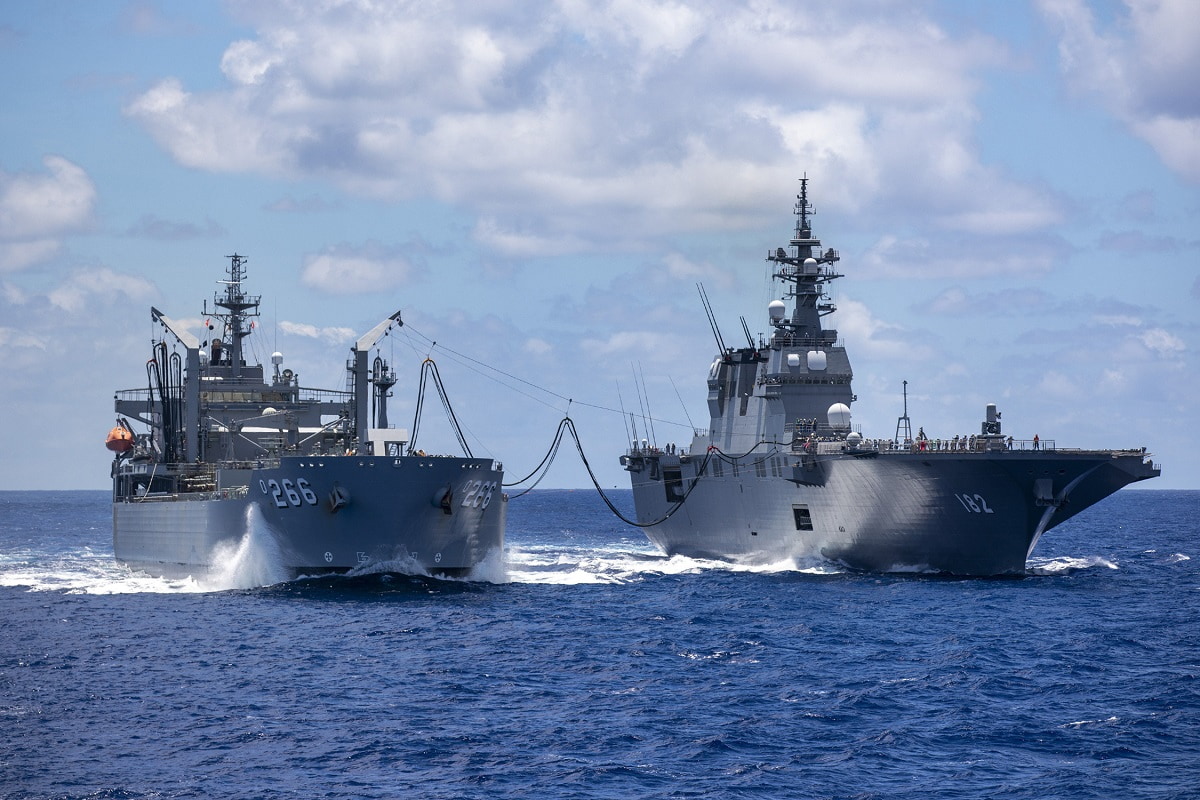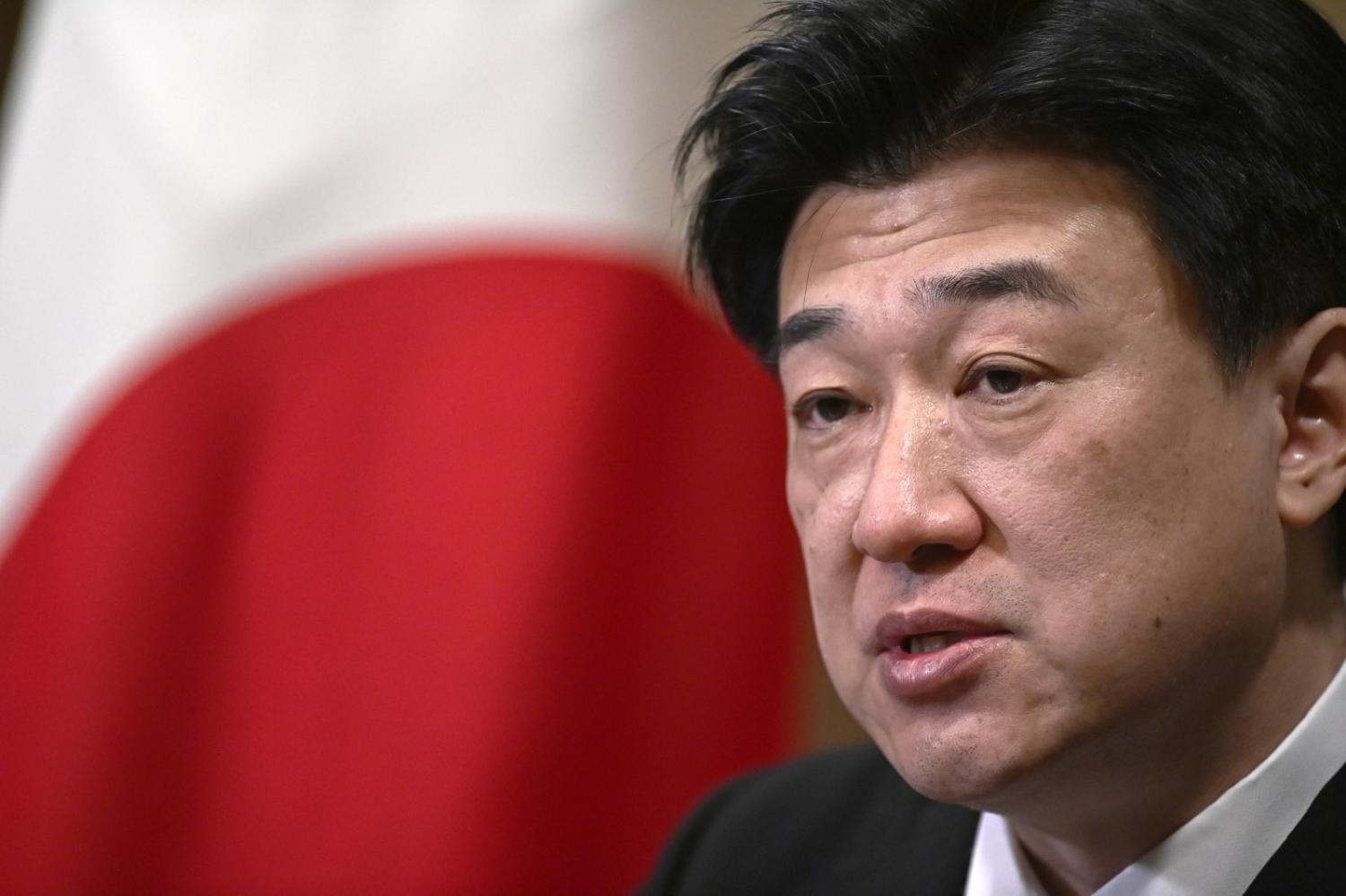This month, Japan hosted defence and security officials from 14 Pacific Island countries and Western allies for the 2nd Japan Pacific Islands Defence Dialogue. The multilateral meeting, hosted by Japan’s Ministry of Defence, comes in the run-up to the 10th Pacific Islands Leaders Meeting (PALM10), Japan’s triennial forum designed to enhance partnership with the region, at which security and police agreements between Japan and the island nations are expected to be signed. These agreements will be notable because, while Japan has long been a major provider of regional foreign assistance in a variety of sectors, domestic security has not been one of them.
It was not until the 1980s that Japan became a major development partner to its Pacific Islands neighbours; previously, the relationship was primarily shaped by Japan’s economic interests. Since that time, however, Japan has grown to become the fourth-largest provider of overseas development finance to the Pacific, behind Australia, the Asian Development Bank and China. Its assistance has focused on infrastructure development and disaster resilience, healthcare, people-to-people exchanges, education and technical training, and climate-related issues. Japan’s activities in the security sector have largely been through the Japan Coast Guard and the private Sasakawa Peace Foundation, which have helped Pacific Island countries to protect their maritime exclusive economic zones. The use of Japan’s Self Defence Force (SDF) in the region has been more to promote goodwill, such as through port visits, than to provide hard-security capabilities.

Although Japan’s development assistance in the Pacific has been in line with the pacifist foreign policy that has governed the country since the end of the Second World War, that policy is once again being reinterpreted to meet today’s security environment. Under Prime Minister Fumio Kishida, Japan has committed to increase its defence spending to 2% of GDP; funds will go towards acquiring a new long-range missile strike capability, the development of a next-generation fighter jet with the United Kingdom and Italy, and the purchase of additional F-35 aircraft and new military vessels. The government also recently agreed to revise Japan’s defence export laws to permit the sale of the fighter jet it is developing with the United Kingdom and Italy. And under a new program called Official Security Assistance, Japan will share defence equipment with the security forces of like-minded countries, including those in the Pacific.
Given that the shift in Japanese policy is due, at least in part, to China’s increasingly aggressive behaviour, including its ambitions for greater influence and presence in the Pacific, it is understandable that Japan would seek security and police agreements with Pacific Island countries. But just because a decision makes sense, does not mean it is the right one.
Japan has been largely successful in its efforts to become a trusted partner to Pacific Island countries. But these efforts are currently being threatened by Japan’s decision to release contaminated water from the Fukushima nuclear plant. The importance of this issue is reflected in the fact that it was singled out by the Pacific foreign ministers to remain a standing agenda item for PALM10. Before expanding its operations into new sectors, Japan should first protect the reputation it has built by prioritising efforts to allay regional concerns about the contaminated water that it continues to release into the ocean.
Beyond that challenge, there are three reasons why Japan should carefully consider whether expanding its efforts in the security sector is a wise decision.
First, given the limited resources available for foreign assistance, especially while the national economy remains in a perilous state, Japan should weigh the value of expanding operations if it means taking resources away from existing ones. If, on the other hand, additional resources are available, then Japan could build on its existing efforts in critical areas, such as the development of sustainable fisheries that could provide food, health, and economic security for large numbers of people.
Second, Japan’s demographic challenges mean that the SDF is already under pressure to fully staff existing operational requirements; introducing new commitments means introducing new strains on personnel and equipment that is needed for first-order defence purposes.
Third, the United States and Australia already provide security assistance to Pacific Island countries, so rather than seeking to unnecessarily join a crowded field, Japan should evaluate whether it has a comparative advantage – such as capabilities in humanitarian assistance/disaster response or climate resilience – that it can bring to supplement the support that is already available. If not, then it would be a better use of its resources to focus on the areas where it is already well-entrenched.
While Japan’s allies may welcome the country’s intention to establish new security relationships with Pacific Island countries as a signal of its readiness to cast off the pacifist foreign policy that has long constrained its contribution to international security operations, Japan should carefully consider what additional value it can bring to an area that is already crowded with development partners. Given limited resources, existing strains on the SDF, and expressed concerns about the militarisation of the region, Japan might be better served to focus on the areas in which it has already proven its capabilities, and the reputation it has worked hard to build.


